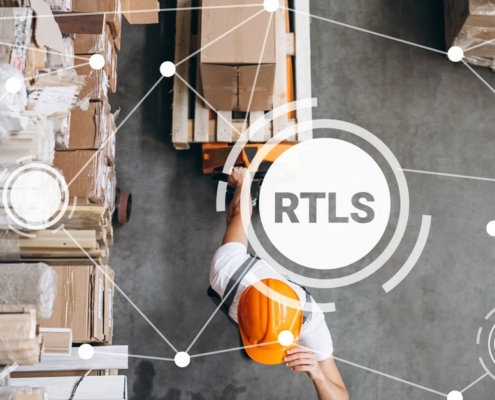
What Is RTLS? Real-Time Location System
Industry 4.0RTLS is an acronym for real-time location system, which identifies the current location of assets or people. RTLS doesn’t necessarily refer to a specific technology, but rather it is a solution that may be achieved through various technologies. RTLS can accurately locate and manage assets, inventory, or even people and help companies to make informed decisions based on collected location data.
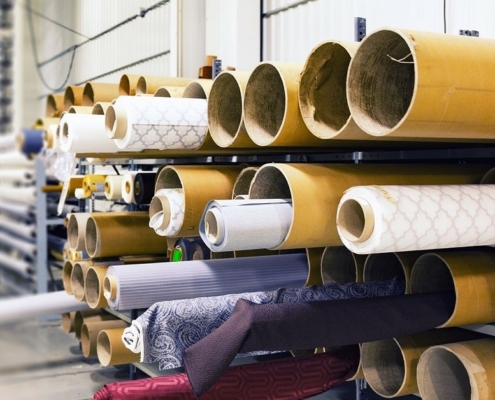
RTLS Glossary: Industry 4.0 Terminology Defined
Industry 4.0RTLS is used across many industries with specific applications such as workforce optimization and automatic rostering. We've compiled some of the most important terms related to Real-Time Location Services (RTLS).

Ultra-Wideband (UWB) vs. BLE
RTLSWhat is the difference between ultra-wideband and Bluetooth? Discover the pros and cons of each technology to find the best fit for your RTLS needs. Ultra-wideband is a low-power radio technology for transmitting data within the 3.1 to 10.6 GHz range. Bluetooth Low Energy is a radio frequency technology that transmits data in the 2.4 GHz spectrum band, specifically across 80 different 1 MHz wide channels from 2400 to 2483.5 MHz.
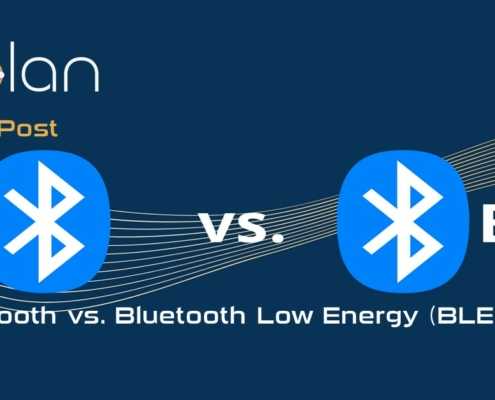
Bluetooth vs. BLE
RTLSBluetooth Low Energy differs from its parent technology because it remains dormant until a connection is initiated. Where Bluetooth is best suited for a constant exchange of larger amounts of data, Bluetooth Low Energy excels at exchanging smaller amounts of data over a much longer period of time. Bluetooth Low Energy uses a reduced amount of power through faster connection times than traditional Bluetooth devices, reducing connections from 100mS to 6mS.
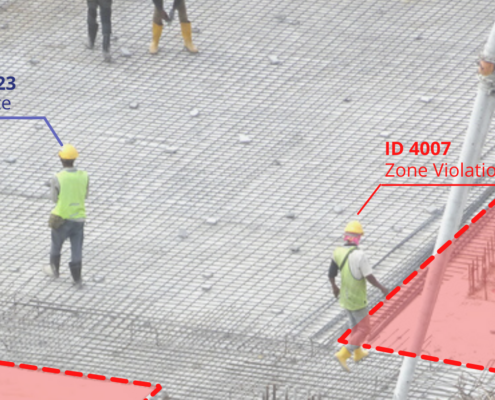
What is Geofencing?
RTLSGeofencing is a system of virtual boundaries. Using GPS, radio frequency identification, Wi-Fi, and other data mechanisms, a geographical location carries a “geofence” that shows the specific location, and mobility patterns of people and their devices. Geofencing software provides real-time coordinates within the virtual fence perimeter. If the device goes beyond that perimeter, alerts—through a push notification or text message—will be sent to the user.

Time and Motion Studies for Manufacturing
ManufacturingWhat is a time and motion study? What’s the best way to perform a task? Time and motion studies are a scientific way of cutting to the core of that question. Simply put, “motion” entails the movements related to a task, and “time” is the duration it takes to complete a task. If we’re all doing the same task independently, the person who finishes the fastest, using the most effective “movements,” creates the best way of getting the job done without continuous observation.

Increasing Workforce Productivity
Workforce Analytics, Workforce OptimizationWorkforce productivity is the sum of what employees do each day. Put simply, this concept denotes the total amount of goods and services produced through an understanding of an organization's biggest asset — its people. Payroll often ranks highest among company expenditures, sometimes using up to one-third of a company's revenue. With labor shortages impacting the supply of available workers and turnover rates, employers must hire the right people and ensure that they’re creating environments for employees to be able to work in the most efficient manner. Hiring, onboarding, and productivity standards are extremely important for businesses to invest in.
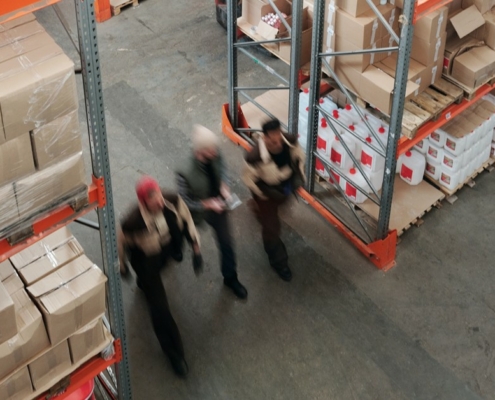
What is Workforce Optimization?
Workforce OptimizationWorkforce optimization is center stage in the conversation about how organizations can make better decisions regarding their resources and employees. In a time of unprecedented change, organizations are tasked with fundamentally rethinking how they work. From medicine to manufacturing, employee productivity remains more essential than ever. In this sea of change, industry-leading companies are finding opportunities for innovation and efficiency—and workforce optimization is a vital component of these processes.
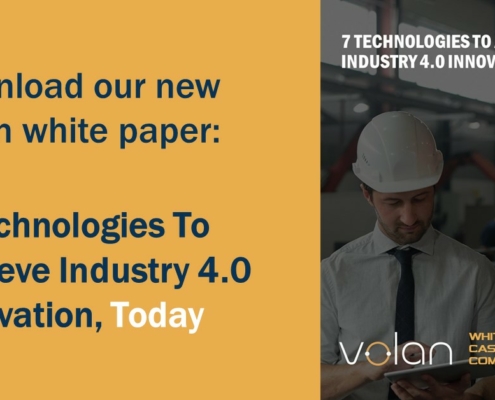
White Paper: 7 Technologies To Achieve Industry 4.0 Innovation, Today
WarehouseWe have written a white paper 7 Technologies To Achieve Industry 4.0 Innovation, Today outlining critical technologies that manufacturing and warehousing companies can implement to drive innovation, improve efficiency, reduce costs and increase profits. Together with the white paper, we have included one of our successful customer case studies and a brief company overview.
